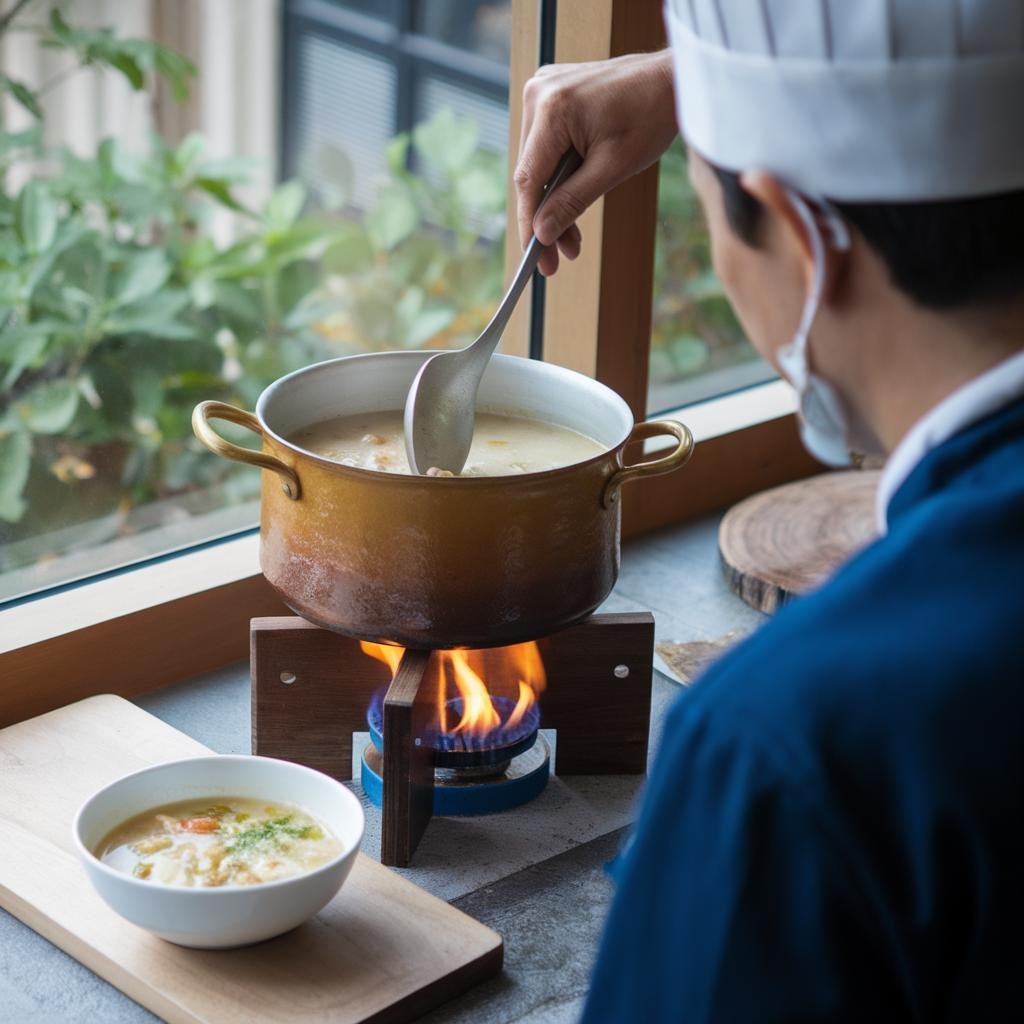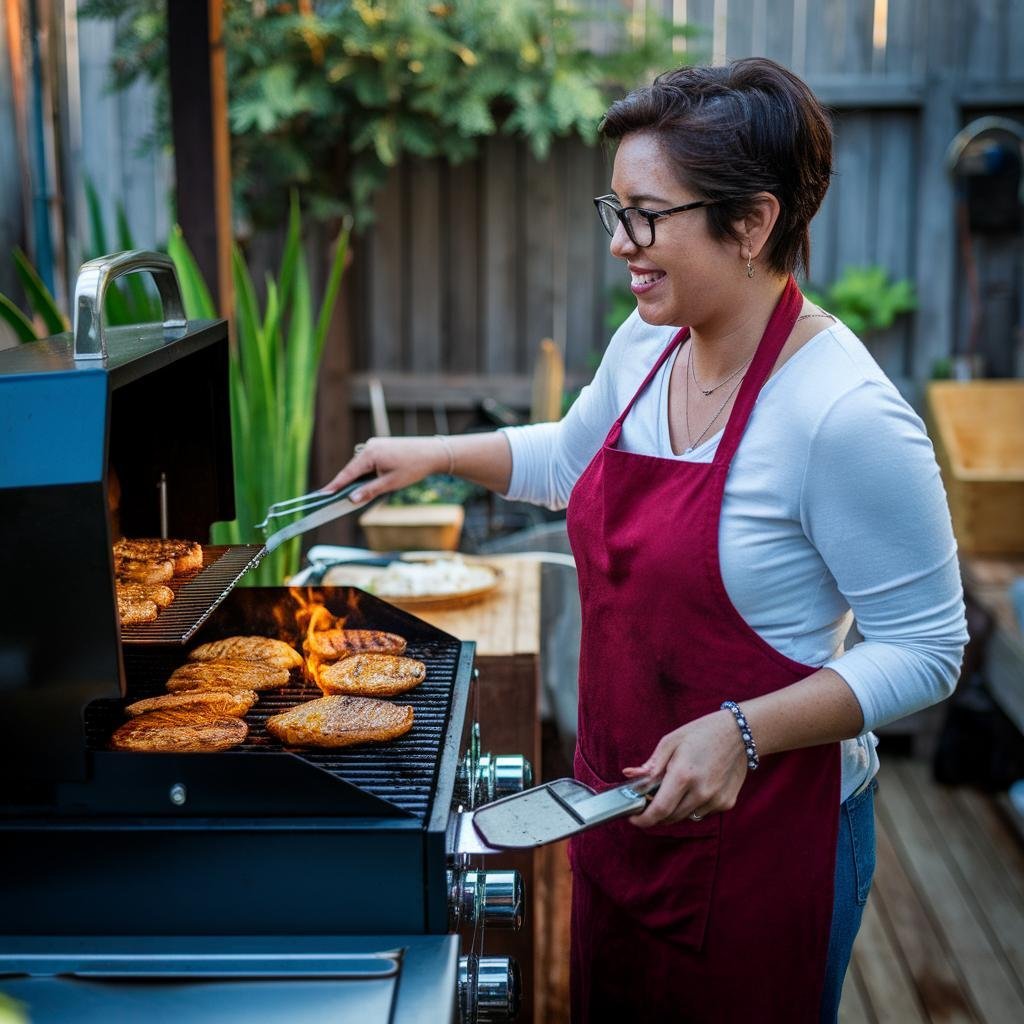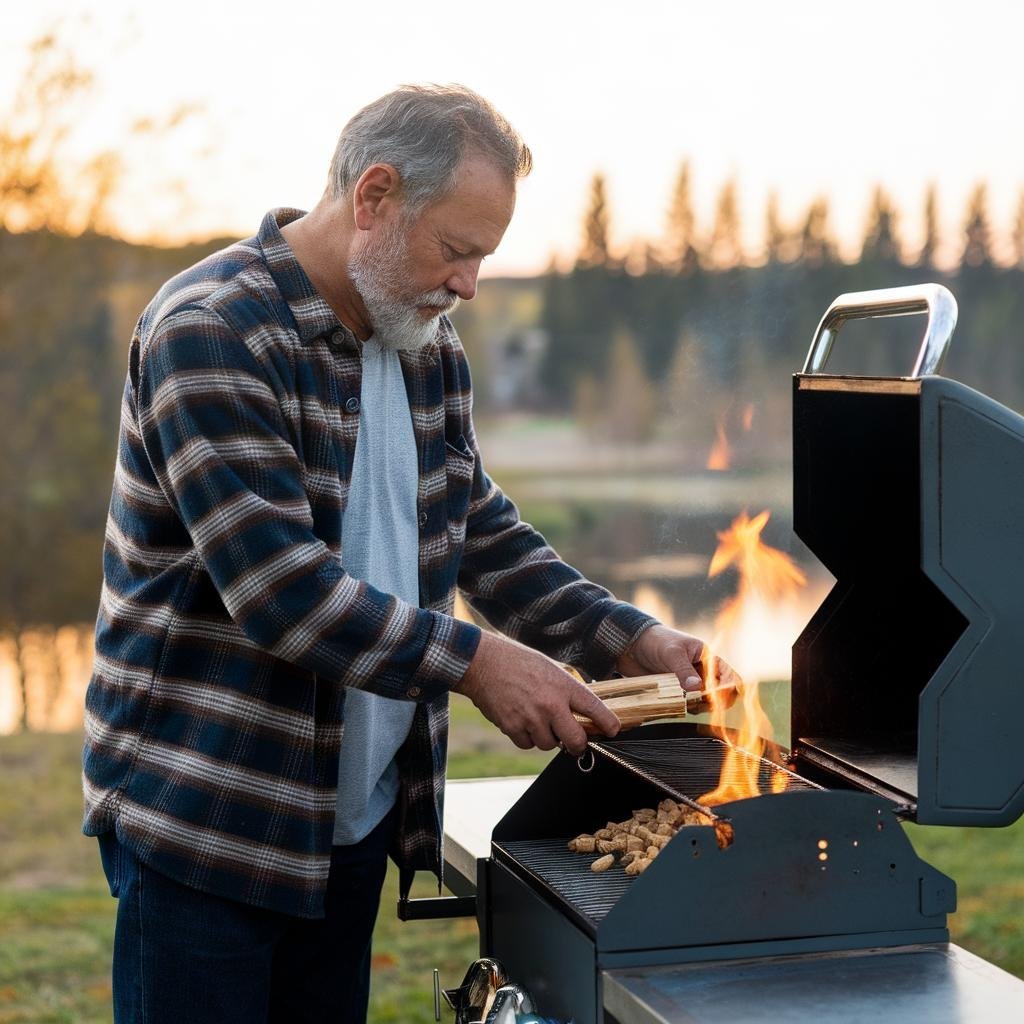Disclosure: This Post Contains Affiliate Links; We earn a commission on purchases.
Simmering is a crucial cooking technique used to soften ingredients and develop rich flavors in soups, stews, sauces, and braised meats. It involves gentle cooking at a temperature just below boiling, typically between 185-205°F. Unlike boiling, which cooks food rapidly, simmering creates slow, small bubbles that ensure even cooking. This article will explore the art of simmering and provide you with essential techniques and tips to perfect your simmering skills.
Key Takeaways:
- Simmering is a gentle cooking method done just below boiling.
- It helps tenderize tough meats and prevents ingredients from becoming mushy.
- The perfect simmer requires starting with enough liquid, low to medium heat, and following the recipe’s instructions.
- Simmering time varies based on the consistency of the ingredients.
- Having the right tools and techniques can enhance your simmering experience.
What is Simmering and How Does it Work?
Simmering is a cooking technique that involves gently cooking food in liquid at a temperature just below boiling. The ideal simmering temperature ranges from 185 to 205°F. This low heat allows the food to cook slowly and evenly, resulting in tender and flavorful dishes. Simmering works by allowing the liquid to transfer heat to the food, softening and combining the ingredients. It is a form of low heat cooking that helps to prevent the food from burning or drying out.
Benefits of Simmering
Simmering is not only a cooking method but also a technique that brings numerous benefits to your dishes. Let’s explore some of the advantages of simmering:
- Enhances Flavor: Simmering allows flavors to develop and meld together over time, resulting in deeper and more complex tastes. By simmering ingredients slowly, you can extract the maximum flavor from herbs, spices, and other seasonings, creating a more flavorful dish.
- Tenderizes Tough Meats: Tough cuts of meat can benefit greatly from simmering. The long, slow cooking process breaks down the connective tissues, making the meat tender and juicy. This gentle cooking method allows the meat to retain its natural moisture, resulting in flavorful and succulent dishes.
- Prevents Ingredient Mushiness: Delicate ingredients like vegetables, seafood, and grains can easily become mushy when cooked at high temperatures. Simmering provides a gentle cooking environment, allowing these ingredients to retain their texture and shape while being thoroughly cooked.
- Develops Richer Flavors: The low heat of simmering gives ingredients the time they need to release their flavors into the surrounding liquid. This slow infusion allows the flavors to deepen and become more concentrated, creating rich and robust taste profiles in soups, sauces, and stews.
- Improves Digestibility: Simmering breaks down complex components in ingredients, making them easier to digest. This is particularly beneficial for beans, lentils, and other legumes, as simmering helps break down the indigestible sugars and starches, reducing the chances of digestive discomfort.
Simmering time can vary depending on the ingredients and the desired consistency of the dish. While soups and stews often require longer simmering times to develop complex flavors, sauces may need shorter simmering periods. It’s essential to follow the recipe instructions and adjust the simmering time based on the desired result.
Embrace the benefits of simmering by incorporating this low heat cooking technique into your culinary repertoire. From tenderizing meats to amplifying flavors, simmering is a versatile method that can elevate the taste, texture, and overall enjoyment of your dishes.
How to Achieve the Perfect Simmer
Achieving the perfect simmer is essential to creating delicious and flavorful dishes. Follow these simmering techniques, tips, and instructions to master the art of simmering:
- Follow the Recipe: Start by carefully reading and following the recipe’s instructions for bringing the dish to a simmer. Some recipes may recommend bringing the dish to a boil first and then lowering the heat to a simmer.
- Use Enough Liquid: Ensure that you use enough liquid to partially or fully submerge the ingredients in a saucepan or stockpot. This allows for proper cooking and prevents the food from sticking or burning.
- Control the Heat: Set the stovetop heat to a low or medium setting, depending on the desired simmering temperature. This gentle heat allows the food to cook slowly and evenly. If the pot keeps approaching a boil, try keeping the lid off or stirring to help control the heat.
- Stir to Maintain Simmer: Use a wooden or stainless steel spoon to stir the ingredients occasionally. This helps maintain the simmer and prevents the food from boiling, which can lead to overcooking or uneven heat distribution.
- Bring Back the Simmer: If you add new ingredients to the simmering dish, the temperature may slightly drop. In this case, slowly increase the heat again to bring the dish back to a simmer.
Simmering Tip: Patience is key when simmering. Avoid the temptation to turn up the heat for a faster cooking time. Simmering allows flavors to develop gradually, resulting in a more delicious and well-rounded dish.
Achieving the perfect simmer requires attention to detail and careful heat control. By following these simmering techniques and tips, you’ll be able to create dishes with tender meats, fully developed flavors, and satisfying textures.
Simmering Temperature Chart
| Food Type | Simmering Time (Approx.) |
|---|---|
| Soups | 25 minutes |
| Stews | 2-3 hours |
| Sauces | 20-90 minutes |
| Tough Meats | 90 minutes – 3 hours |
| Vegetables | 4-20 minutes |
Simmering Time for Different Types of Food
The simmering time for different types of food can vary depending on the consistency of the ingredients. By adjusting the simmering time, you can achieve the desired tenderness and flavor in your dishes. Here’s a general guideline for simmering times:
Stews:
Stews require a longer simmering time as it allows the flavors to develop and the meat to become tender. Beef stews typically simmer for about two to three hours, ensuring that the meat and vegetables are fully cooked and infused with rich flavors.
Soups:
Soups, on the other hand, require a shorter simmering time. Most soups only need around 25 minutes of simmering before they are ready to be served. This shorter cooking time ensures that the ingredients remain flavorful and retain their texture.
Sauces:
Sauces like béchamel and tomato sauces require simmering to allow all the ingredients to blend together and cook thoroughly. The simmering time for sauces can range from 20 to 90 minutes, depending on the specific ingredients and desired consistency.
Proteins:
Simmering proteins like tough meats or turkey meatballs can take anywhere from 90 minutes to three hours on low heat. This slow cooking method allows the proteins to become tender and juicy, resulting in mouthwatering dishes.
Vegetables:
Vegetables have varying simmering times depending on their texture and thickness. Root vegetables like potatoes and carrots may take around 15 to 20 minutes to reach a tender consistency. Broccoli and other leafy greens, however, may only need about 4 to 5 minutes of simmering to retain their vibrant color and crispness.
Remember, these are general guidelines, and the specific simmering time for each type of food should be determined based on the recipe’s instructions and desired results. Adjusting the simmering time allows you to customize your dishes and achieve the perfect balance of flavors and textures.
Simmering Tools and Techniques
To achieve the perfect simmer, it is helpful to have the right tools and techniques. Here are some essential simmering tools and techniques that can elevate your cooking game:
Simmering Tools
1. Immersion Blender: An immersion blender is a versatile tool that comes in handy for blending ingredients in soups and stews. It allows you to easily puree or blend your simmered mixture, giving your dish a smooth and creamy texture.
2. Good Stockpot: A good stockpot is essential for simmering larger quantities of soup or stew. Look for a stockpot that can hold enough liquid and ingredients while withstanding high heat. A quality stockpot will distribute heat evenly, ensuring your simmered dishes cook to perfection.
3. Ladles and Skimmers: Ladles and skimmers are indispensable tools for scooping and removing unwanted elements from your simmering dish. A ladle helps you serve the simmered liquid, while a skimmer allows you to skim off impurities, foam, or excess fat that may float to the surface during simmering.
Simmering Techniques
1. Pre-roasting Bones: If your recipe calls for adding bones to your simmering dish, consider pre-roasting them before adding them to the pot. Pre-roasting bones enhances their flavors and adds richness to your soups, stews, or broths.
2. Browning Meat: Browning meat before simmering can make a world of difference in the final flavor and texture of your dish. Searing meat in a hot pan before adding it to the simmering liquid helps retain moisture, develop richer flavors, and achieve a beautiful caramelized crust.
3. Homemade Broth or Stock: Using a homemade bone broth or stock instead of store-bought can take your simmered dishes to new heights. Homemade broths or stocks are often more flavorful and can add depth and complexity to your recipes.
Now that you know the essential tools and techniques for simmering, you’re ready to create delicious, flavorful dishes that will impress your family and friends. Remember, the key to achieving the perfect simmer lies in using the right tools and employing the appropriate techniques.
So grab your immersion blender, stockpot, ladles, and skimmers, and get ready to simmer your way to culinary perfection!
| Simmering Tools | Simmering Techniques |
|---|---|
| Immersion Blender | Pre-roasting Bones |
| Good Stockpot | Browning Meat |
| Ladles and Skimmers | Homemade Broth or Stock |
Conclusion
Simmering is a versatile and essential cooking technique for creating flavorful and tender soups, stews, sauces, and braised meats. By cooking food gently at a temperature just below boiling, simmering allows the flavors to meld together and develop over time. It is a form of low heat cooking that helps to prevent ingredients from becoming mushy and allows tough meats to become tender.
Achieving the perfect simmer requires attention to heat control, proper techniques, and the right tools. By mastering the art of simmering, home cooks can unlock robust flavors, perfect textures, and create delicious dishes that are sure to impress. Whether it’s a hearty stew or a comforting soup, simmering is a technique that can elevate any recipe to the next level.
So, embrace the simmer and enjoy the delightful results it brings to your culinary creations. With simmering techniques and low heat cooking, you can perfect the simmer and create mouthwatering dishes that will leave your family and guests asking for more. So, let’s get cooking and discover the magic of simmering!
References

Ryan Conlon is a BBQ enthusiast and inspired chef on a journey through the smoky, savory world of outdoor cooking. Hailing from the heart of the Midwest, Ryan’s passion for grilling ignited during his early years, where family gatherings often revolved around the sizzle of the grill and the aroma of seasoned meats.







